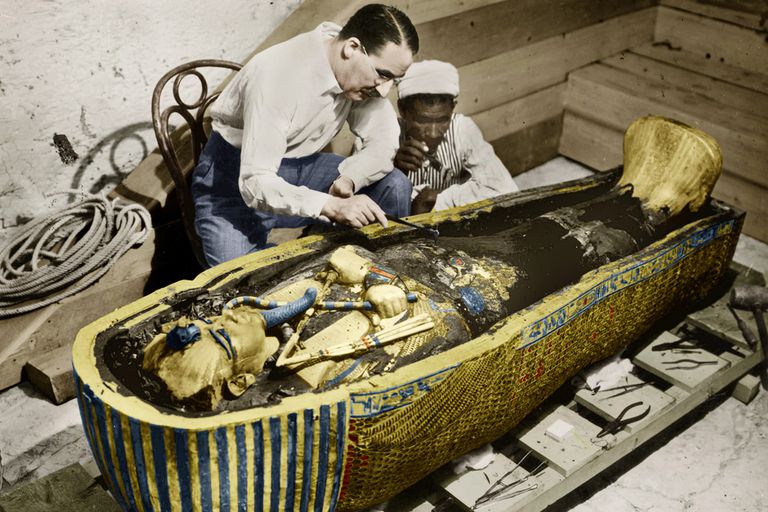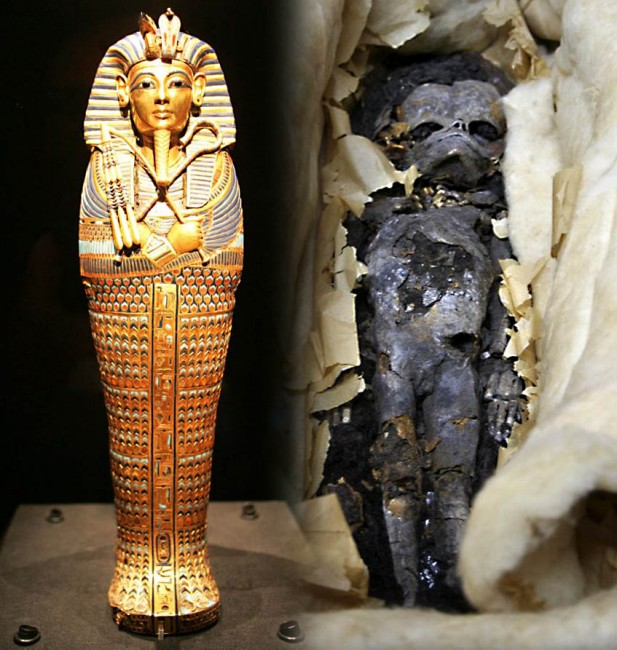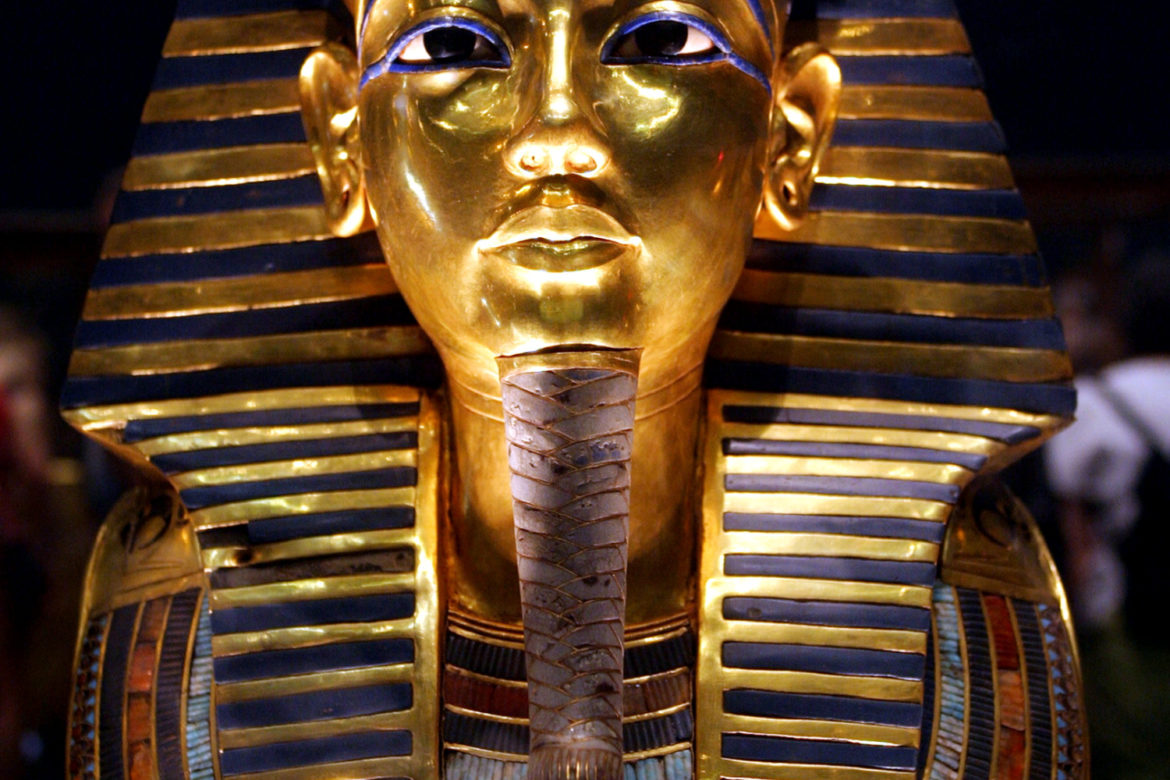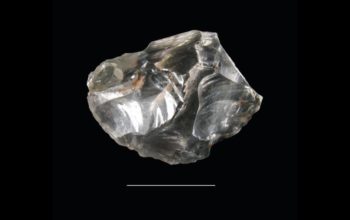King Tut, on this day in history, 1924: archaeologist uncovers a stone sarcophagus containing a solid gold coffin that holds the mummy of Tutankhamen.

Two years after British archaeologist Howard Carter and his workmen discovered the tomb of the Pharaoh Tutankhamen near Luxor, Egypt, they uncover the greatest treasure of the tomb—a stone sarcophagus containing a solid gold coffin that holds the mummy of Tutankhamen.
When Carter first arrived in Egypt in 1891, most of the ancient Egyptian tombs had been discovered, although the little-known Pharaoh Tutankhamen, who had died when he was a teen, was still unaccounted for. After World War I, Carter began an intensive search for “King Tut’s Tomb,” finally finding steps to the burial room hidden in the debris near the entrance of the nearby tomb of King Ramses VI in the Valley of the Kings. On November 26, 1922, Carter and fellow archaeologist Lord Carnarvon entered the tomb, finding it miraculously intact.
Thus began a monumental excavation process in which Carter carefully explored the four-room tomb over four years, uncovering an incredible collection of several thousand objects. Read more from History.






